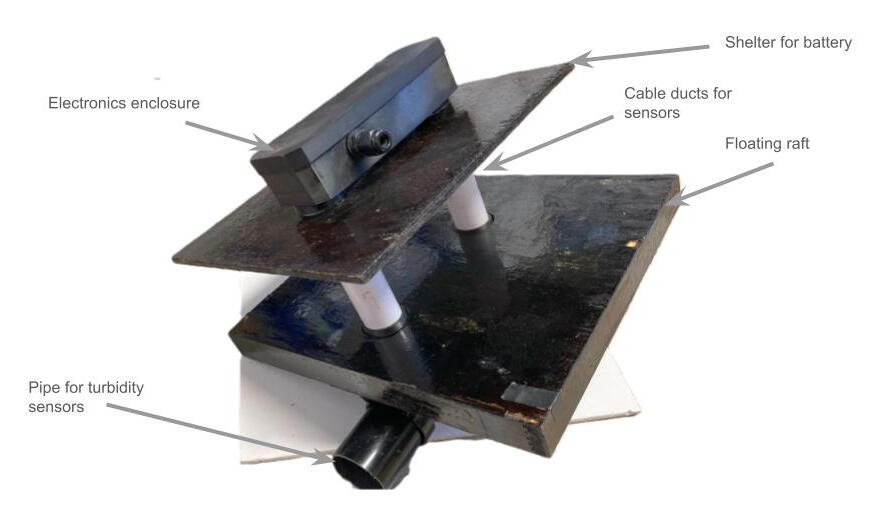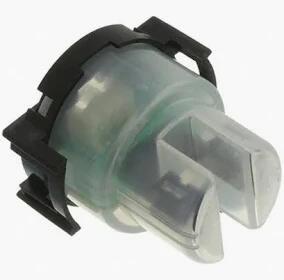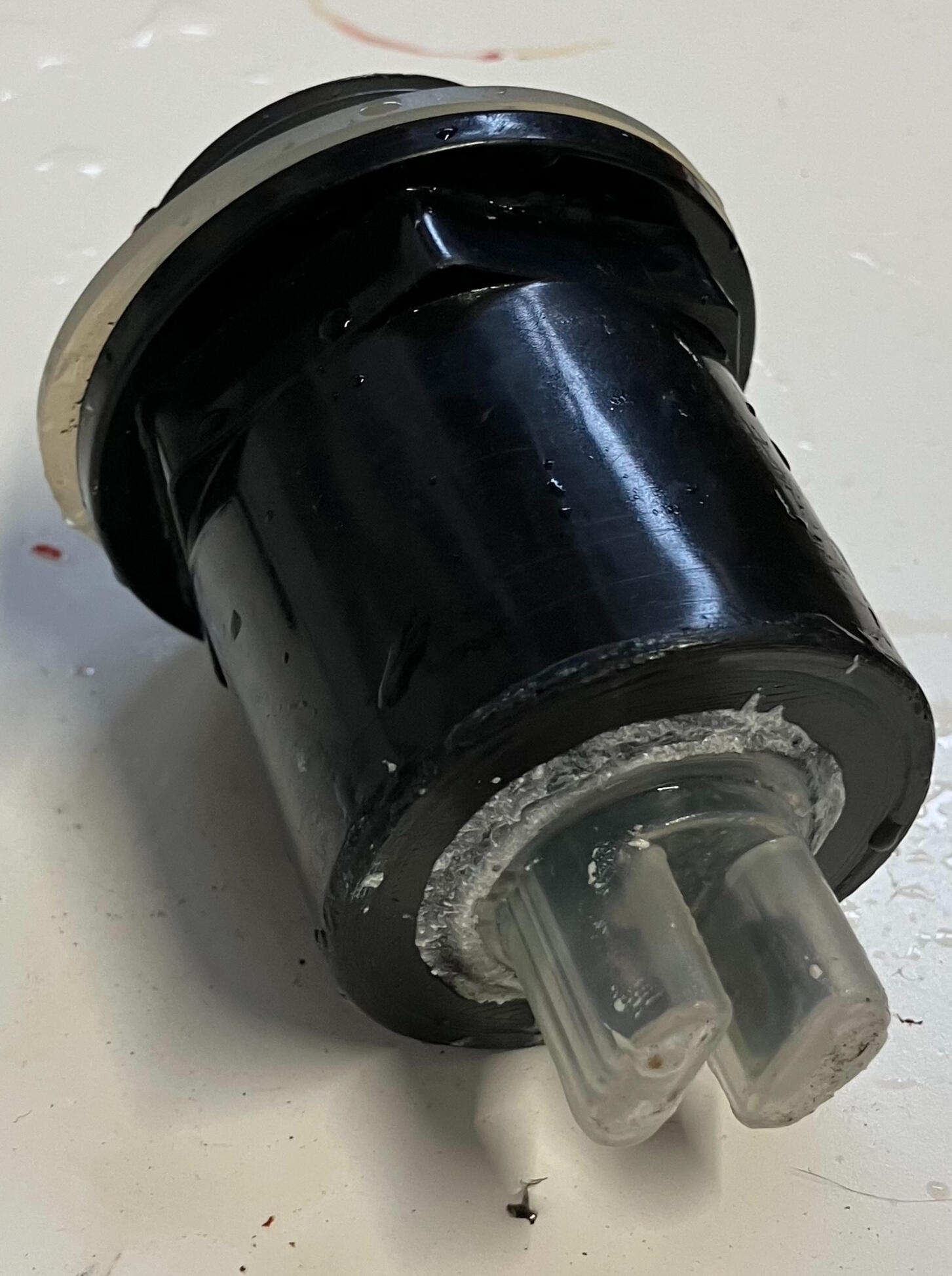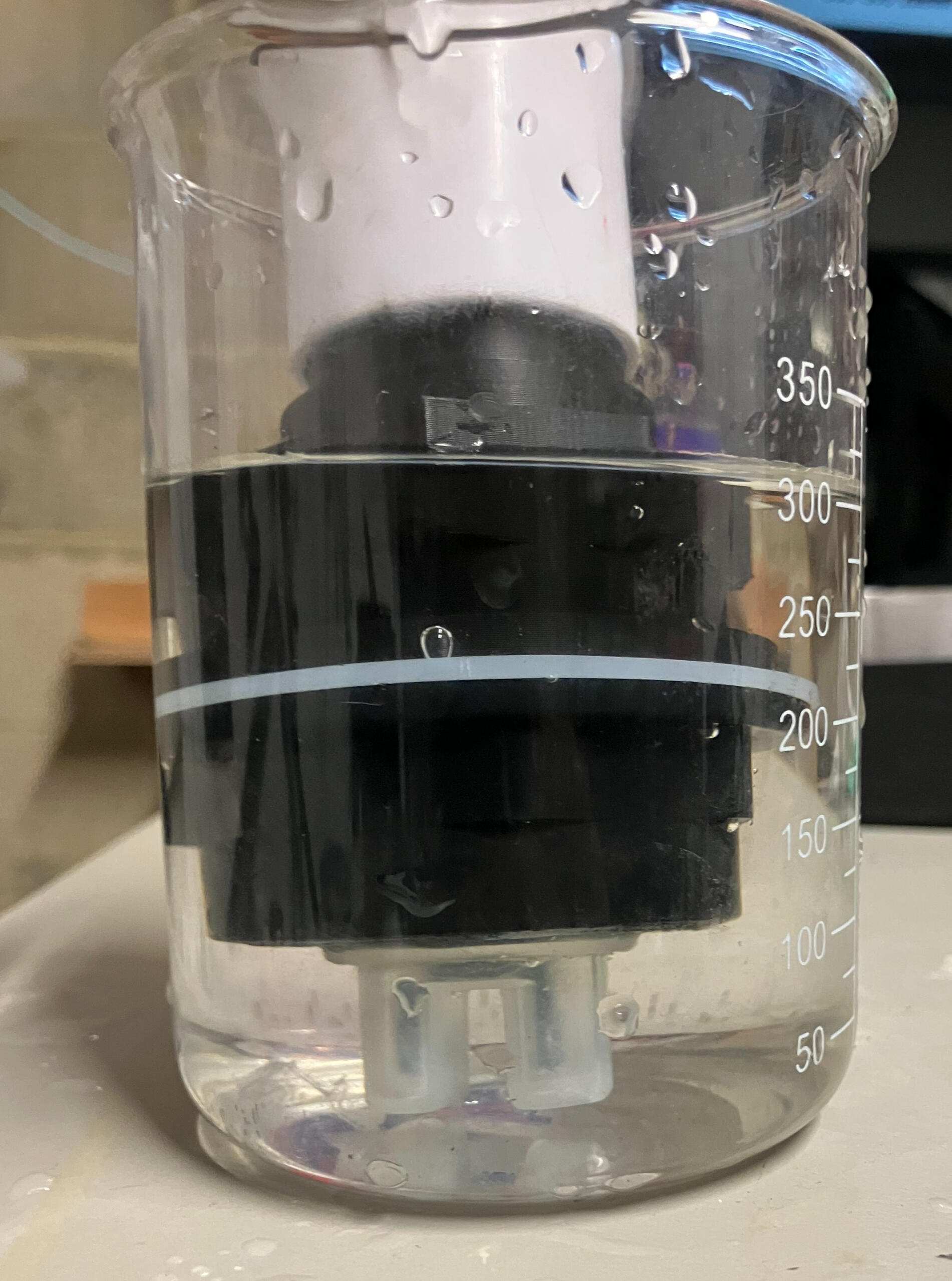(c) Published by Smarts Sensors, Analytics and Instrumentation Ltd
About the project
Welcome to the water sensor project. As is well documented the UK suffers from very poor river water quality. One big reason for this is lax enforcement of environmental regulations. The main problem here is lack of data to manage water quality. Without adequate monitoring, regulations are difficult to enforce and breaches difficult to prove.Most water is measured by taking water samples and sending them to a laboratory. This is a slow and costly way to measure and manage the water quality in our water courses. There exist real-time monitoring solutions, but these are expensive "black box" systems. What is needed is a low cost and modular water quality monitoring system based on open source principles and technology so as to leverage the collective knowledge of all interested stake holders. All the hardware and software is open source so that anyone with the right equipment (essentially 3D printer) will be able to build it. The sensors, such as for turbidity are made from common low cost sensors cpmmonly found in appliances such as dishwashers. Alternatively we hope to make it available in kit form at minimal cost. We would like to develop this design as a citizen science project that aims to develop a more capable solution and make the data publicly available for the benefit of societyThough this project was developed for the UK context we hope to expand it as it develops.
(c) Published by Smarts Sensors, Analytics and Instrumentation Ltd
Project design principles
1. Human-Centered Design - focus on the end-user experience by prioritizing simplicity, intuitive interfaces, and actionable insights from collected data.
2. Resilience and Redundancy - build fail-safe mechanisms (e.g., backup power, error detection) to maintain operation during adverse conditions.
3. Modularity - use a modular architecture to support future upgrades and compatibility with new sensors or technologies.
4. Minimalism - avoid unnecessary complexity, keeping the hardware and software lightweight and efficient.
5. Interoperability -design the system to integrate seamlessly with existing platforms (e.g., IoT networks, cloud services like AWS or Azure) and third-party applications.
6. Energy Efficiency - leverage low-power microcontrollers and energy-harvesting technologies like solar panels to extend operational life and reduce maintenance.
7. Data Integrity and Reliability - implement robust error-checking and calibration mechanisms to ensure accurate data collection and transmission.
8. Agile Development - use an iterative approach to incorporate user feedback and technological advancements into successive versions of the product.
9. Open Standards - use open-source hardware and software to foster innovation and collaboration within the environmental monitoring community as far as possible.
10. Sustainability by Design ensure all aspects of the project, from material sourcing to lifecycle management, contribute to environmental sustainability.
Sensor stack design requirements
Accuracy and Reliability -provide precise water quality measurements (e.g., turbidity, pH, temperature) that stakeholders can trust, ensuring the system operates reliably under diverse environmental conditions.
Affordability - minimize production and operational costs to make the sensor accessible to a broad audience, including landowners, conservation groups, and local authorities.
Ease of Use - design the system to be simple for non-technical users to install, operate, and maintain. Include features like plug-and-play calibration and user-friendly interfaces.
Scalability - Ensure the system can scale from single-unit installations to large networks of sensors across multiple monitoring sites.
Real-time Data Monitoring - deliver near-instantaneous updates on water quality changes via cloud integration, providing stakeholders with actionable insights.
Durability in Harsh Conditions - use materials and components that withstand prolonged exposure to water, varying temperatures, and contaminants.
Environmental Sustainability - incorporate low-power components, solar charging options, and environmentally friendly materials to minimize the sensor’s ecological footprint.
Modularity and Expandability - allow users to add or swap sensor modules for additional metrics like dissolved oxygen, nitrate levels, or flow rate as needed.
(c) Published by Smarts Sensors, Analytics and Instrumentation Ltd
Hardware
There are many challenges to overcome when designing a water quality monitoring system for in situ measurements. Unlike a laboratory enviroments, which are controlled the sensors are exposed to the enviroment. The sensors themselves are subject to environmental degradation through high humidity levels and fouling
Assembled compents of sensor rig

The sensor rig design
Sensitive electronics are not exposed to water or moisture, the sensors
Sensor are maintained at a constant orientation and depth
Stray light does not interfere with the turbidity sensors
Net filters can be placed to prevent large objects entering sensor area
Sensor components
Two turbidity sensors
Water conductivity sensor
Water temperature sensor
Turbidity sensor



(c) Published by Smarts Sensors, Analytics and Instrumentation Ltd
Software
Text
(c) Published by Smarts Sensors, Analytics and Instrumentation Ltd
FAQs
General Questions
What is the water quality sensor? The hardware comprises two commodity turbidity sensors, a temperature sensor and a conduct designed to monitor and measure specific parameters in water, such as turbidity and temperature conductivity (i.e. dissolved ions). pH levels, and dissolved oxygen will be offered n future iterations. These readings help assess the health of water in rivers, streams, and other bodies of water.
Who can benefit from your sensors? The sensors are ideal for landowners, farmers, researchers, environmental agencies, and anyone interested in tracking water quality to identify potential pollution or ensure ecosystem health.
How does the sensor work? The system uses advanced yet affordable sensors to measure water quality parameters. These are combined with our proprietary calibration and cloud-based software to ensure reliable data collection and analysis.
Are you replicating similar initiatives? Yes, there exist similar projects around the world, we are not in competition with any of them. Far from it! We want them all to succeed. The poor state of the rivers is not unique to the UK. As the saying goes, we stand on the shoulders of giants. We want to learn from the best examples. Are designs and requirements meet specifically the UK context
Text
Technical
What metrics do your sensors measure? Currently, the sensors monitor water turbidity, temperature, and conductivity. Additional parameters like pH or conductivity could be added as the project develops.
Are the sensors weatherproof ? Yes, the sensors are designed for outdoor use and can withstand harsh environmental conditions, including prolonged submersion and temperature fluctuations.
How are the sensors powered? The sensors are powered by long-lasting batteries and can optionally be connected to solar power for extended use in remote areas. How often do the sensors need maintenance? The sensors are low-maintenance, but we recommend periodic cleaning and calibration to ensure the most accurate readings.
Installation and Connectivity
How do I install the sensors?The sensors come with a simple installation guide and mounting kit. If you need assistance, our support team is happy to help.
Can I access the data remotely? Yes, the system includes a cloud-based platform where you can view real-time data and historical trends. The sensors connect wirelessly to upload readings.
Do I need internet connectivity at the monitoring site? Not necessarily. The system supports both cellular and Wi-Fi connectivity options, depending on your location.
(c) Published by Smarts Sensors, Analytics and Instrumentation Ltd
External resources
We stand on the soldiers of giants as the saying goes. Here you will find links to Youtubers, other project pages, as other resources that have inspired and made this project possible
(c) Published by Smarts Sensors, Analytics and Instrumentation Ltd
Theory
The diffusion of particles, in our case pollutants as measured from a turbidity sensor, is governed by Fick's Law of diffusion. These are a partial differential equations with describe how the concentration gradient of the pollutant changes with time subject to given boundary conditions
Simulation results
(c) Published by Smarts Sensors, Analytics and Instrumentation Ltd
